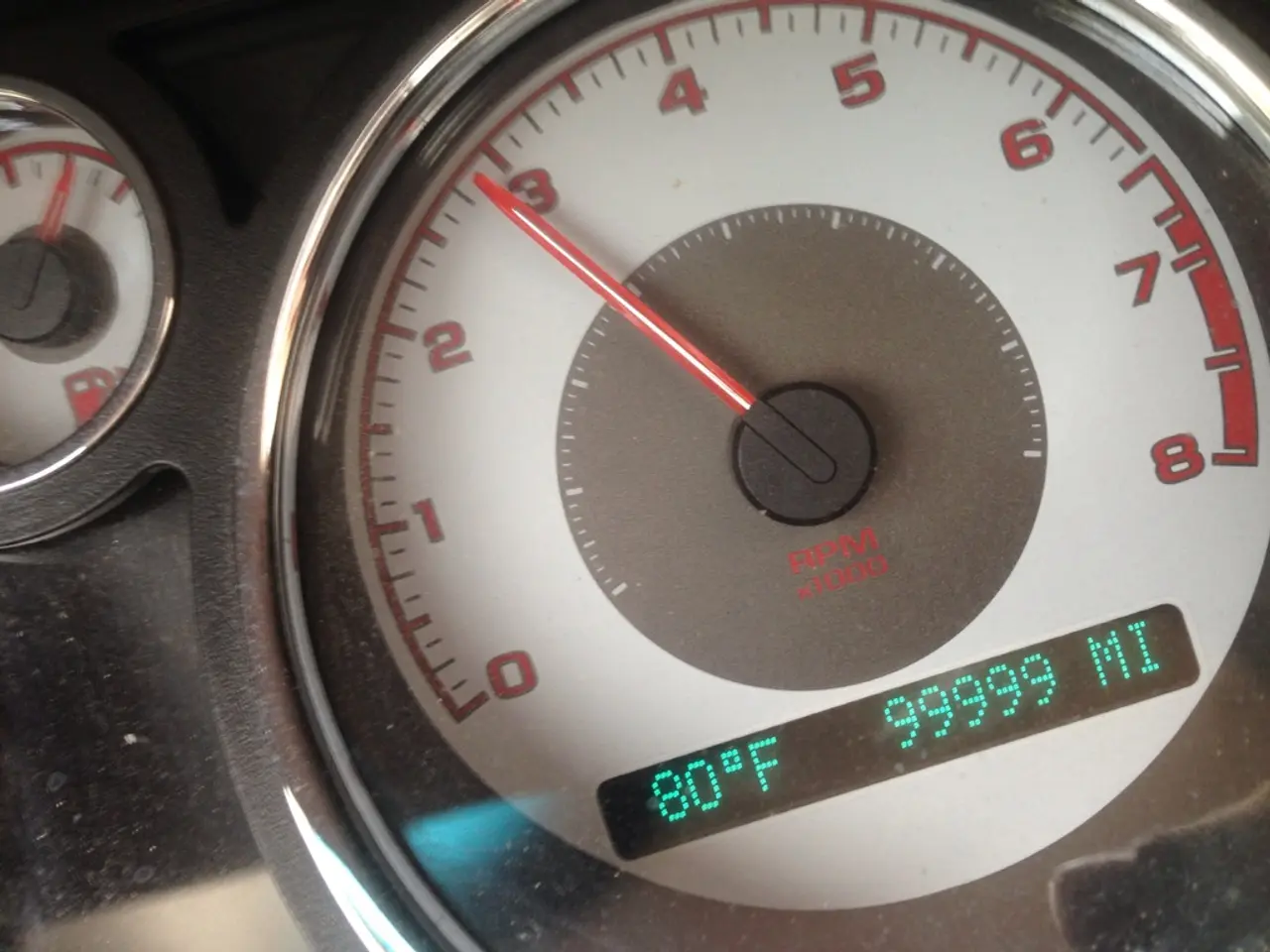Functioning of EPA Fuel Efficiency Tests
The Environmental Protection Agency (EPA) requires manufacturers to post their vehicles' fuel-economy ratings, as certified by the agency, on the window stickers of most new vehicles sold in the U.S. These ratings are derived from standardized laboratory driving cycles known as the Federal Test Procedure (FTP) and Highway Fuel Economy Test (HWFET). However, real-world fuel economy numbers often differ from EPA ratings due to several factors.
EPA tests simulate city and highway driving conditions under controlled environments, measuring fuel consumption and emissions. But these tests do not fully capture everyday variables like traffic, terrain, weather, cargo load, and driving style. Aggressive acceleration, higher speeds, and frequent stops increase fuel consumption and reduce fuel economy relative to EPA cycles.
Environmental effects also impact fuel efficiency. Cold weather reduces battery performance, while hot weather may increase energy demands for air conditioning, reducing real-world fuel economy or electric vehicle (EV) range compared to EPA estimates. EV range ratings are based on combined EPA cycles, but real-world range is influenced by driving conditions that may not be fully represented in tests.
The discrepancies between EPA ratings and real-world fuel economy are more pronounced for hybrids because basing fuel economy upon the amount of tailpipe exhaust automatically favors gas/electric-powered vehicles. This discrepancy can be wider if a motorist drives primarily on the highway, where hybrids tend to be less efficient than in stop-and-go city driving conditions.
EPA regulations and testing methods for fuel economy are under review and subject to updates. However, corporate average fuel economy (CAFE) testing and associated labeling requirements continue to use these standardized procedures as a regulatory baseline.
Despite the differences between EPA ratings and real-world fuel economy, the EPA's fuel-economy ratings are still useful for comparing new vehicles' fuel economy when shopping. Choosing a vehicle with an average fuel economy of 25 mpg instead of one with an average of 15 mpg can save an astute buyer approximately $1,000 per year, assuming 15,000 miles driven at $2.50 per gallon of gasoline.
The EPA is currently developing new, more accurate ways of testing vehicle fuel economy, taking into account real-world driving factors. This development aims to provide consumers with a more accurate representation of a vehicle's fuel economy and help them make informed decisions when purchasing a new vehicle.
Money can be saved by choosing a vehicle with a higher EPA fuel-economy rating, as a vehicle with an average rating of 25 mpg could potentially save an astute buyer around $1,000 per year if driven for 15,000 miles at $2.50 per gallon of gasoline. Technology and computer models are being developed by the EPA to more accurately estimate vehicle fuel economy, considering real-world driving factors such as traffic, terrain, weather, driving style, and environmental impacts.




